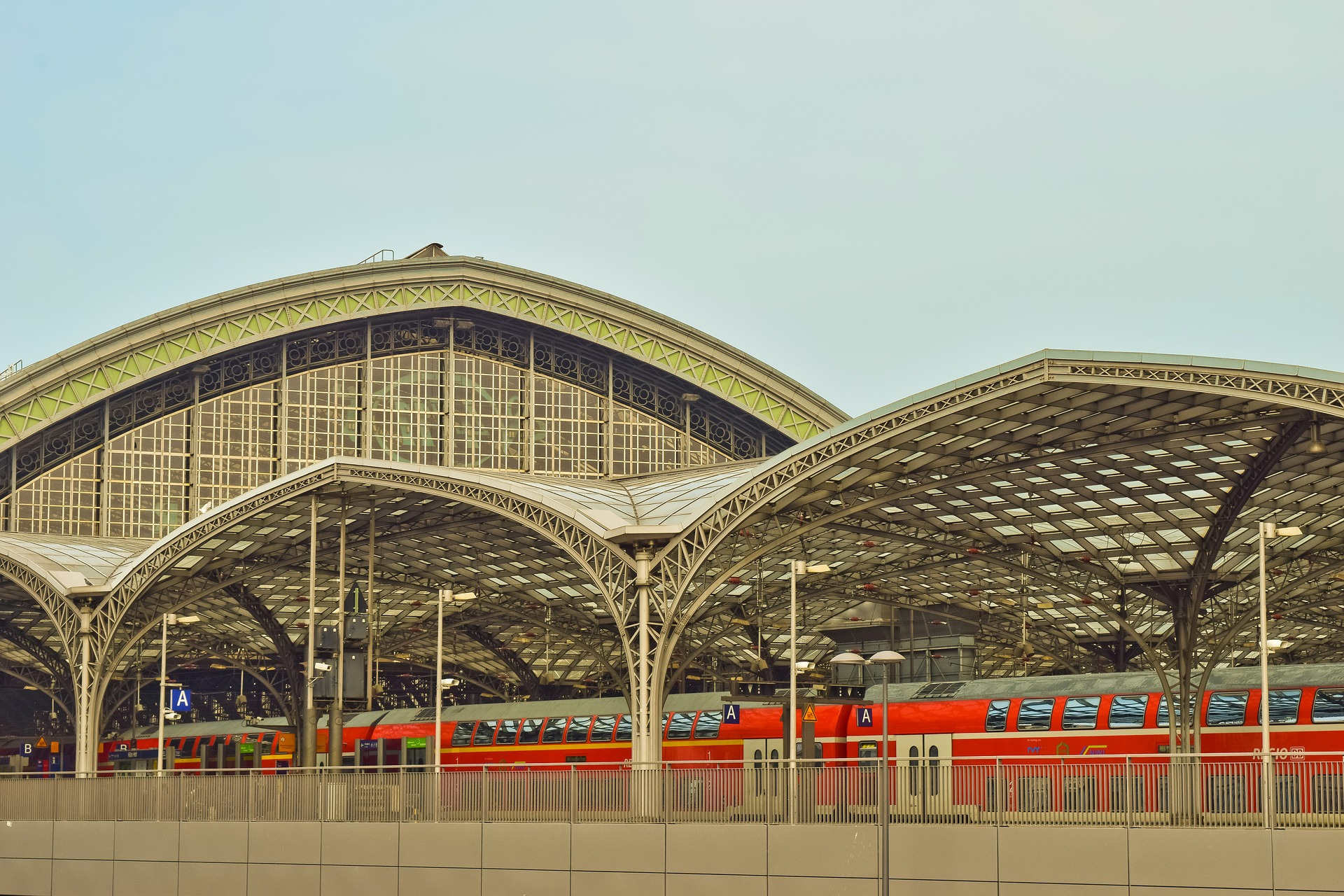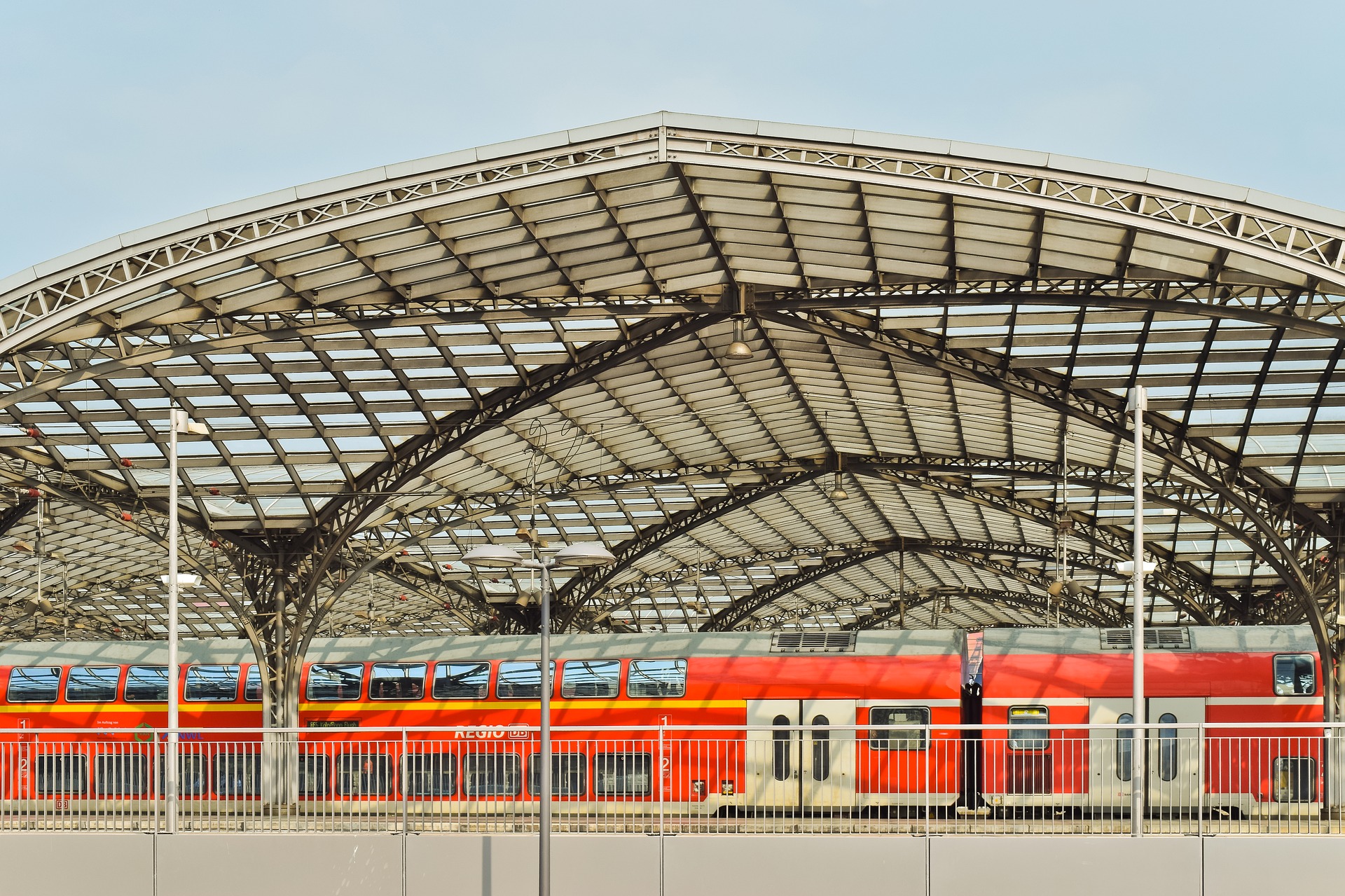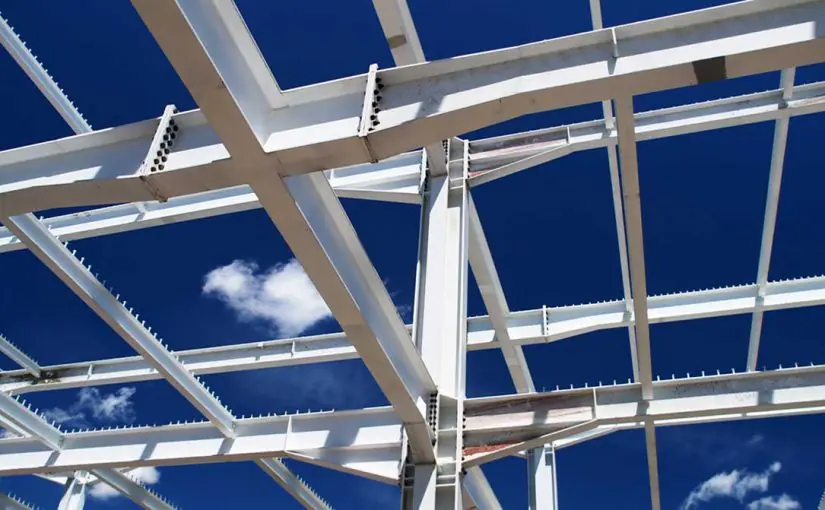Steel Structures in Extreme Environments: Tough and Reliable
Learn about the resilience of steel structures in facing high temperatures, corrosion, earthquakes, extreme weather, and material fatigue. Construction solutions for challenging environments.
Steel structures have long been the primary choice in the construction industry, especially for projects in extreme environments. This article provides an in-depth review of steel structures’ ability to withstand various challenging environmental conditions.
From high temperatures to seismic activity, from corrosive environments to extreme weather, we will explore how steel structures are designed and optimised to endure and function even in the harshest conditions. Discover why steel remains the material of choice for construction in the most challenging environments on this planet.
1.An Overview of Steel Structure
Steel structures have become the backbone of the modern construction industry, offering a unique combination of strength, flexibility, and efficiency. Steel, an alloy of iron and carbon with additional elements, has revolutionised the way we build, enabling heights and spans previously impossible.
The main advantage of steel structures lies in their high strength-to-weight ratio. This means steel structures can withstand large loads while remaining relatively light compared to other construction materials. This characteristic allows for more slender and efficient designs, resulting in optimal space utilization and lighter foundations.
Flexibility is another key aspect of steel structures. Steel can be formed and fabricated in various shapes and sizes, allowing architects and engineers to realize complex and innovative designs. The ability to prefabricate off-site also increases construction speed and precision.
From a sustainability perspective, steel offers significant advantages. It is one of the most easily recycled materials in the world, with many steel structures containing a high percentage of recycled content. The long lifespan of steel structures, often exceeding 50 years with proper maintenance, also contributes to its long-term sustainability.
In the context of extreme environments, steel structures demonstrate remarkable toughness. Through proper treatment techniques and alloys, steel can be optimized to withstand extreme temperatures, corrosion, seismic loads, and severe weather conditions. This adaptability makes steel the primary choice for construction in challenging locations, from offshore oil platforms to skyscrapers in earthquake zones.
Continuous innovation in metallurgy and construction techniques has resulted in high-performance steel types that further enhance this material’s capabilities. High-strength steel, corrosion-resistant steel, and fire-resistant steel are some examples of how the industry continues to develop solutions for increasingly complex construction challenges.
Nevertheless, the use of steel structures also requires special considerations. Protection against fire, maintenance to prevent corrosion, and proper design to address thermal expansion and contraction are some important aspects that must be considered in the planning and construction of steel structures.
Considering all these factors, steel structures remain the primary choice for various construction projects, especially those involving extreme environments. Its ability to adapt to various conditions, combined with its strength and efficiency, ensures that steel will continue to play an important role in shaping the construction landscape in the future.

2.Steel Structures in Extreme Environments
Steel structures are often the primary choice for construction in extreme environments due to their toughness. Here’s a detailed explanation of how steel structures behave and are optimised for various extreme conditions:
2.1 High Temperatures
High temperatures can significantly affect the performance of steel structures:
- Strength reduction: At temperatures above 300°C, steel begins to lose its strength and stiffness.
- Thermal expansion: Steel expands when heated, which can cause internal stress and deformation.
Solutions:
- Fire-resistant steel: Development of steel with higher molybdenum and chromium content increases resistance to high temperatures.
- Fire-resistant coatings: Application of special coating materials that insulate steel from extreme heat.
- Design considering expansion: Use of connections that allow thermal movement.
2.2 Corrosive Environments
Corrosion is a serious threat to steel structures, especially in marine or industrial environments:
- Oxidation: The reaction of steel with oxygen and water causes rust.
- Galvanic corrosion: Occurs when two different metals come into contact in an electrolyte.
Solutions:
- Stainless steel: Use of steel with high chromium content to form a protective oxide layer.
- Galvanization: Coating steel with zinc for cathodic protection.
- Anti-corrosion coatings: Application of paint or polymer coatings to prevent contact with corrosive environments.
- Cathodic protection: Use of sacrificial anodes or impressed current to prevent corrosion.
2.3 Seismic Activity
Earthquakes impose significant dynamic loads on structures:
- Lateral forces: Horizontal ground motion causes shear stress on the structure.
- Resonance: Earthquake frequencies close to the natural frequency of the structure can cause motion amplification.

Solutions:
- Ductile design: Allows the structure to deform plastically without collapsing.
- Bracing systems: Use of diagonal or X bracing to increase lateral stiffness.
- Base isolation: Installation of isolation systems between the structure and foundation to dampen vibrations.
- Mass dampers: Use of additional mass moving opposite to the structure’s movement to reduce oscillation.
2.4 Extreme Weather
Strong winds, storms, and extreme temperature changes challenge the integrity of steel structures:
- Wind loads: Wind pressure can cause deflection and material fatigue.
- Freeze-thaw cycles: Rapid temperature changes can cause thermal stress and cracking.
Solutions:
- Dynamic wind load analysis: Use of computer simulations to optimize design against wind loads.
- Composite materials: Combination of steel with other materials to increase weather resistance.
- Efficient drainage systems: Prevent accumulation of water and ice that can cause additional loads.
- Weather-resistant coatings: Application of special coatings to protect steel surfaces from the elements.
2.5 Fatigue
Repeated loads can cause structural failure even below the material’s elastic limit:
- Crack initiation: Stress concentration at certain points can initiate micro-crack formation.
- Crack propagation: Cyclic loading causes progressive crack growth.
Solutions:
- Fatigue design: Avoiding stress concentrations through proper connection details.
- Regular inspections: Routine inspection programs to detect early cracks.
- Repair and reinforcement: Repair techniques such as installing reinforcement plates or re-welding.
- High-performance materials: Use of steel with better fatigue resistance for critical components.
By understanding these challenges and applying appropriate solutions, steel structures can be designed to withstand and function effectively even in the most extreme environments.

3.Conclusion
Steel structures have proven themselves as a robust and adaptive solution for construction in extreme environments. Through material innovation, advanced design techniques, and effective protection strategies, steel continues to be the primary choice for projects facing the most severe environmental challenges.
The ability of steel to withstand high temperatures, corrosive environments, seismic activity, extreme weather, and material fatigue demonstrates remarkable flexibility and toughness. The development of fire-resistant and corrosion-resistant steel, advanced seismic design techniques, and mitigation strategies for extreme weather and fatigue have significantly improved the performance of steel structures in various challenging conditions.
However, it’s important to remember that the success of steel structures in extreme environments depends on a holistic approach involving proper material selection, careful design, precise construction, and comprehensive maintenance programs. With this approach, steel structures can not only survive but also function optimally in even the most challenging conditions.
As technology advances and material research progresses, we can expect further innovations that will further enhance the capabilities of steel structures. This will open new opportunities for construction in locations previously considered too extreme or unfeasible.
Thus, steel structures remain an essential backbone in the construction industry, enabling humans to build and operate in the most challenging environments on this planet. The toughness and adaptability of steel make it not just a construction material, but also an enabler for exploration and development in new frontiers of human civilization.

Post Comment